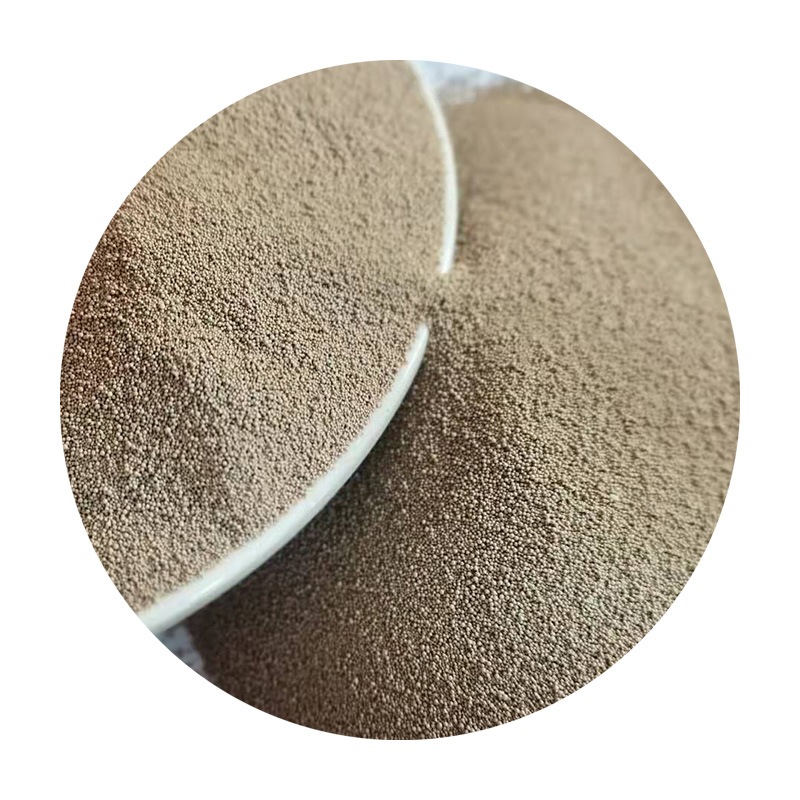Sand Casting Technology An Overview
Sand casting, a process as old as civilization itself, continues to play a pivotal role in the modern manufacturing landscape. This versatile metal casting technique has remained relevant due to its adaptability, cost-effectiveness, and ability to produce intricate shapes. In this article, we’ll explore the fundamentals of sand casting technology, its advantages and disadvantages, basic processes, and applications in various industries.
What is Sand Casting?
Sand casting, also known as sand mold casting, is a metal casting process characterized by using sand as the mold material. The mixture typically consists of silica sand, clay, and water, which provides the necessary binding properties. The process involves creating a mold from pattern forms, pouring molten metal into the mold cavity, and later removing the sand to retrieve the solidified metal casting.
Basic Process of Sand Casting
The sand casting process comprises several key steps
1. Pattern Making A pattern is created to shape the mold cavity. Patterns can be made from various materials, including wood, metal, or plastic. They are often slightly oversized to account for metal shrinkage during cooling.
2. Mold Preparation The pattern is pressed into the sand mixture to create a mold. This process includes creating two halves, known as cope (top) and drag (bottom), to enable easy removal of the pattern after molding.
3. Core Making (if necessary) For hollow castings, cores made from sand are created and inserted into the mold to form internal cavities.
4. Mold Assembly The cope and drag are assembled, and any additional features like gating and risers are incorporated into the mold.
5. Melting and Pouring The metal is melted in a furnace and then poured into the mold through the gating system. The type of metal used can vary widely, including aluminum, bronze, and iron.
6. Cooling The molten metal cools and solidifies in the mold. The cooling time depends on the metal type and thickness of the casting.
7. Mold Removal and Finishing Once cooled, the mold is broken away to extract the cast part. Finishing processes such as grinding, machining, or polishing may be required to achieve the desired surface finish and dimensional accuracy.
Advantages of Sand Casting
The popularity of sand casting can be attributed to several advantages
- Cost-Effective The materials used in sand casting, particularly sand, are readily available and inexpensive. This makes it an economical choice, especially for low to medium production runs.
sand casting technology

- Versatility Sand casting can accommodate a wide range of alloys and metals, making it suitable for various applications
. It can produce small parts and large components, providing significant flexibility.- Complex Geometries The process is capable of producing intricate shapes and designs that may be challenging to replicate with other casting methods.
- Reusability of Mold Although sand molds are typically single-use, the sand can be reclaimed and reused, contributing to sustainability and cost reduction.
Disadvantages of Sand Casting
Despite its advantages, sand casting is not without limitations
- Dimensional Tolerances Sand casting generally offers lower dimensional accuracy compared to other casting methods like investment casting or die casting. This means that additional machining may be necessary for parts requiring tight tolerances.
- Surface Finish Castings made from sand molds may not achieve the same smooth finish as those produced by different methods, potentially requiring further surface treatment.
- Labor-Intensive The sand casting process can be labor-intensive, especially when creating complex molds and patterns. This may lead to increased production times.
Applications of Sand Casting
Sand casting is widely used across various industries, including
- Automotive Many engine blocks, transmission cases, and other components are produced through sand casting due to its ability to handle various metals and sizes.
- Aerospace Components subjected to high stress and weight considerations, such as aircraft frames and engine parts, often utilize sand casting for their production.
- Marine Boat parts, including frames and brackets, are frequently made with sand casting to withstand harsh environmental conditions.
- Art and Sculpture Artists and sculptors often use sand casting to create metal sculptures thanks to the versatility of the medium.
Conclusion
Sand casting technology remains an essential method in contemporary manufacturing. With its unique combination of cost-effectiveness, versatility, and capability for complex geometries, it continues to find applications in numerous sectors. As technology advances, innovations within sand casting practices promise to enhance efficiency, accuracy, and environmental sustainability, ensuring this age-old technique remains relevant in the future of metal casting.
Post time:Гру . 05, 2024 14:06
Next:sand casting processes
